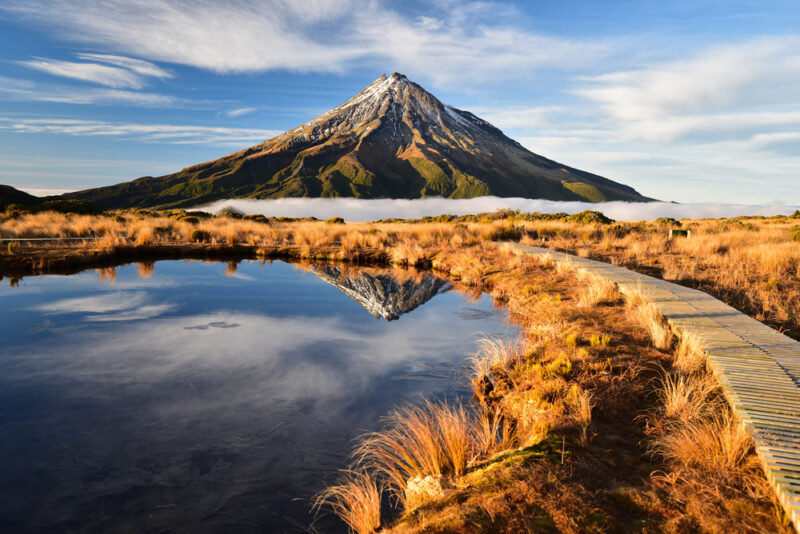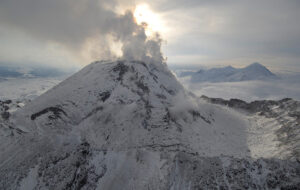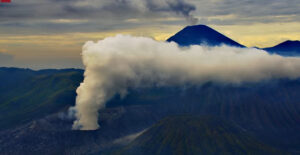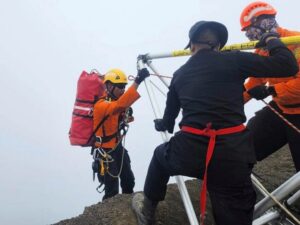New Zealand has officially recognized Mount Taranaki as a legal person. The 2,500m volcano on the west coast of the North Island now enjoys the same rights as a human being.
The January 30 decision is part of the Taranaki Maunga Collective Redress Bill. It transfers guardianship of the mountain from the New Zealand government to a collective of eight Māori tribes, known as iwi, who recognize the mountain as a sacred ancestor.
The bill also includes an official apology for historical injustices. This includes the confiscation of Mount Taranaki from Māori communities in the 1860s.
This isn’t New Zealand’s first foray into granting personhood to natural entities. A similar bill in 2014 recognized the Te Urewera forest as a legal person, followed by the Whanganui River in 2017.
These moves reflect the Māori worldview. Gerrard Albert, lead negotiator for the Whanganui Tribe, explained, “We can trace our genealogy to the origins of the universe, and therefore, rather than us being masters of the natural world, we are part of it.”
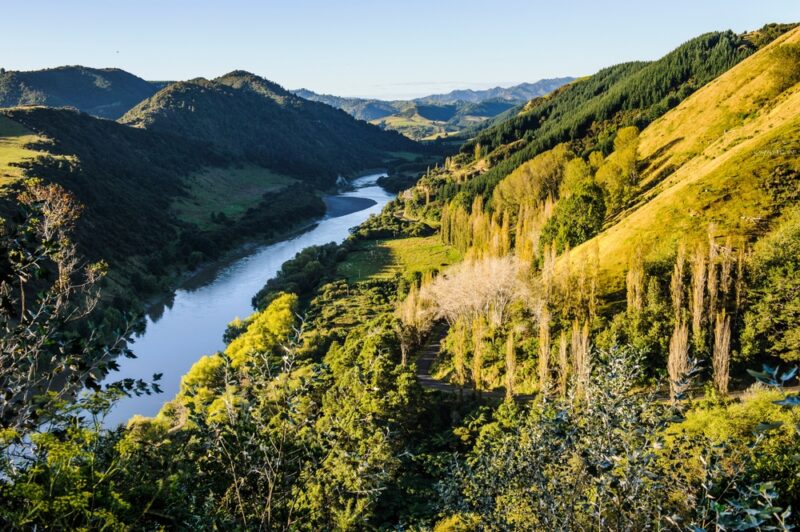
Whanganui River. Photo: Shutterstock
The recognition of Mount Taranaki’s personhood is much more than a legal formality. It acknowledges the mountain’s significance to the Taranaki Māori.
Under the new arrangement, the mountain will be co-managed by the iwi and government representatives. Combining Māori practices and modern conservation efforts, they want to restore native wildlife populations and bring back the traditional uses of the land. The land will remain open to the public.
New Zealand’s approach has inspired similar legal recognitions worldwide. Following the Whanganui River’s personhood status, courts in India granted the Ganges and Yamuna rivers human status.
So, while Mount Taranaki won’t apply for a driver’s license anytime soon, its new legal status ensures it is now protected as a living entity.
